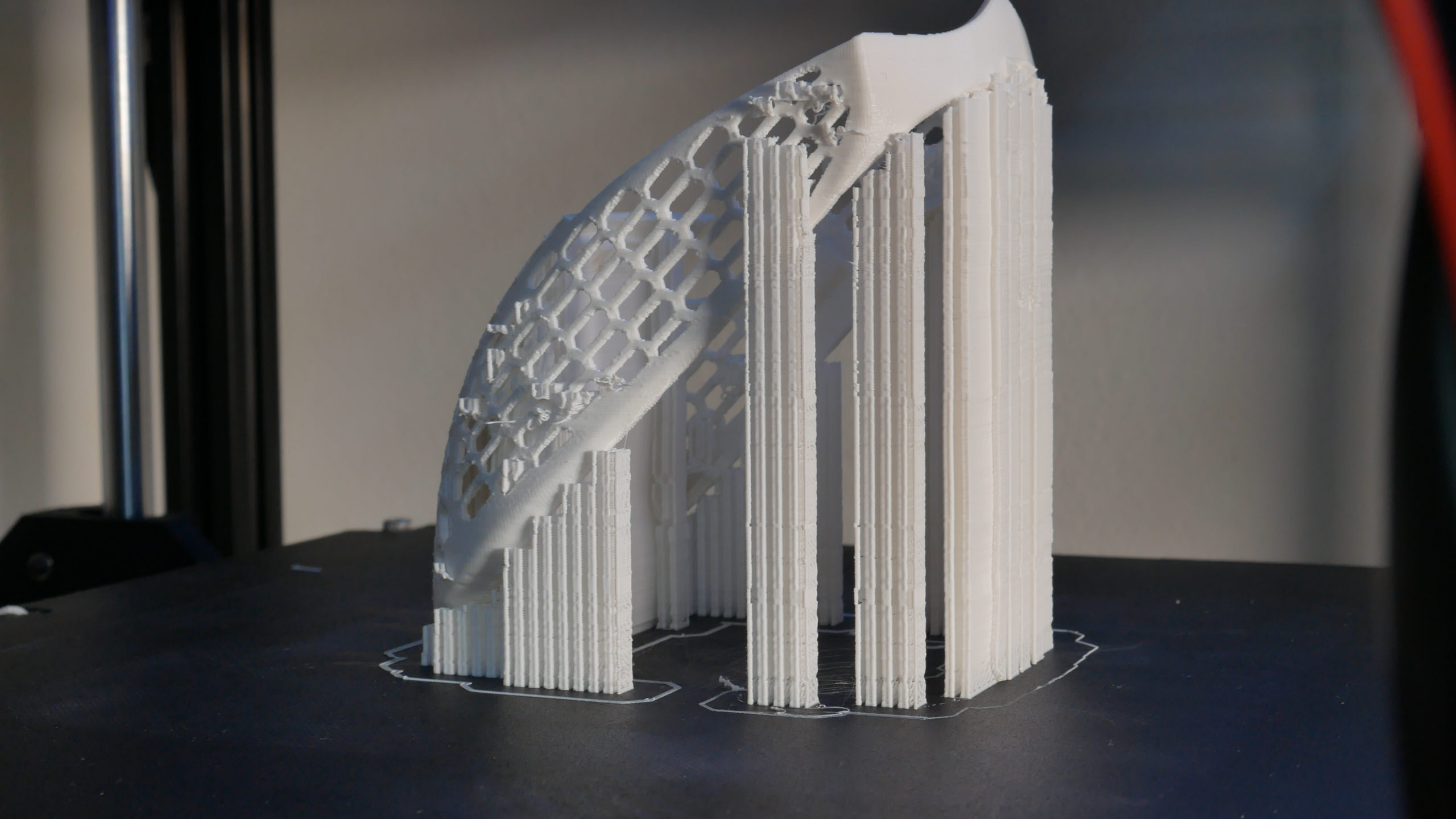Introduction: 3D Printed Gaming Mouse – G305
I really like the look of the final mouse 2 and the glorious model O, but I also wanted a wireless mouse. So I thought, why not combine one of the best wireless mouses, the Logitech G305, with the look of the final mouse 2?
Well, after some searching online I found out that there are several 3D printed mods that you can do to the G305, and one of them had a final mouse 2 look! So, I purchased the 3D model, and made my own wireless ultralight mouse.
Step 1: Watch the Video!
I made a YouTube video showing the process of making this mouse. You can watch it here:
Step 2: Get the Parts:
The parts I used are listed below, with link to AliExpress.
Parts:
Battery: Drone battery,with charger + Micro USB port + Voltage step down module
OR
Battery: 1.5V micro USB rechargeable battery
– G305 mouse
– Filament of choice (I used white PLA and Glitz Sapphire Blue)
– Spray paint
– Spray Filler
Tools:
Amazon links:
Parts:
Battery: Drone battery, with charger + Micro USB port + Voltage step down module
OR
Battery: 1.5V micro USB rechargeable battery
– Filament of choice (I used white PLA and Glitz Sapphire Blue)
Tools:
Step 3: Printing the Parts:

I chose to print the shell in white PLA, and the base and buttons in a really cool blue color called Glitz Sapphire.
I printed the shell with a 0.25 mm nozzle, and the base with a 0.4 mm nozzle. All the parts were printed with 25% infill.
I didn’t design the parts my self, but got them from an Etsy seller named “amotoma”. Link to the Etsy here
He also has published the files without the honey cone design on thingiverse for free
Step 4: Finishing the Parts:
I spent a lot of time filing and sanding the parts, to make them as smooth as possible. When I was done with that, I used a filler to fill in the gaps in the print. When that was dry, I sanded it, and added more filler. Lastly, I added a few coats of white spray paint, before I used some clear lacquer to protect the paint.
This gave the mouse a very smooth finish, and it feels really nice in the hand.
Step 5: Dissasemble the Mouse:
Now is the time to disassemble the mouse. I made a video showing the process if you are stuck, but it should be quite simple to do. You can watch the video here:
Step 6: Preparing the Mouse Parts:
Switches:
You have to do some modifications to the mouse parts, but none of them are that hard. The first step is to desolder the wires from the right and left click button PCB. Then, you could desolder the switch. See the attached pictures or the video.
Place the switches in your printed holders, and use some super glue to secure them.
When you have done that, you are ready to solder the wires back onto the switches. Feed the wires through the holes in the bottom of the mouse PCB, and solder the wires back on. Again, see attached photos.
Battery:
I chose to use a drone battery to power this mouse. Mainly because I had it lying around, but also because it has a lot of capacity, so I don’t need to charge it that often. It is also not that heavy. I used a 3.7V 500mah battery, so I had to use a voltage step down module to supply the 1.5V the mouse uses.
Another option, that is probably better, is to use a micro USB rechargeable AA or AAA battery. They give out 1.5V, and has a built-in charging circuit. I have not tried it my self, but they seem to be not that hard to disassemble and solder new wires to.
I soldered the battery to the charger and voltage step down module according to the schematic in the photos.
NB! Remember to set the voltage on the step down module BEFORE plugging it into the mouse.
That’s all! Now you are ready to assemble the mouse.
Step 7: Assembling:
1. The first thing to do, is to glue the micro USB in place. I used some super glue.
2. Place the ON/OFF switch in the 3D printed base, and insert the PCB slowly. Make sure it lines up with the stand-offs, and that the ON/OFF switch works.
3. Screw the PCB in place using the screws that was used in your disassembled G305. Do the same with the buttons.
4. Insert the side button PCB
5. Use some double-sided tape and secure the battery with PCB’s to the base.
6. Plug in all the wires, but plug in the battery last.
7. Screw the left and right click buttons to the shell, with the DPI button holder between.
8. Insert the DPI button pin into the DPI button, before inserting that into the shell.
9. Insert the side buttons.
10. Click the shell onto the base. If this requires a lot of force, try sanding the sides of the base and the inside of the shell.
11. Glue the mouse skates/feet back on.
You are now done!
Step 8: Done!
Congratulations!
You have now made your own 3D printed gaming mouse!
For updates on more of my projects, please follow me on Instagram
If you like this project, It would be great if you could vote for in the contest:)
Also, a donation would be awesome. That way I can keep making these kinds of projects.
or
















Like!! I blog quite often and I genuinely thank you for your information. The article has truly peaked my interest.
Thank you ever so for you article post.
Thank you ever so for you article post.
These are actually great ideas in concerning blogging.